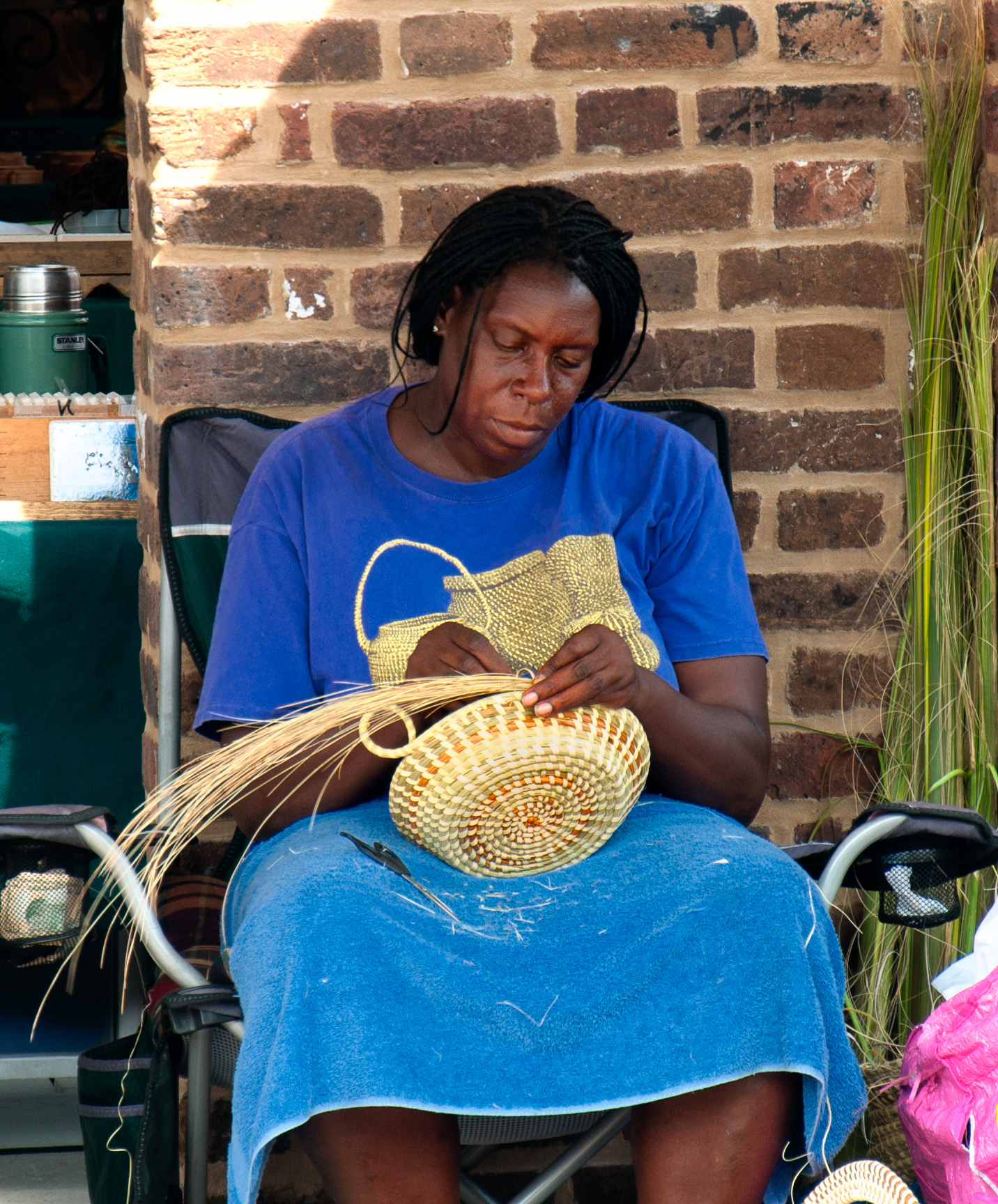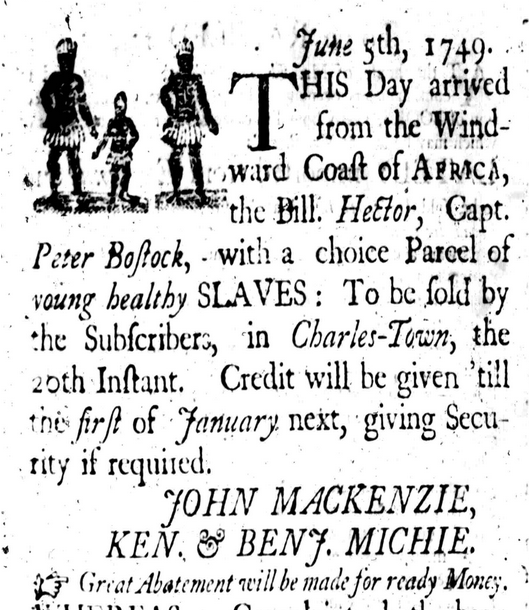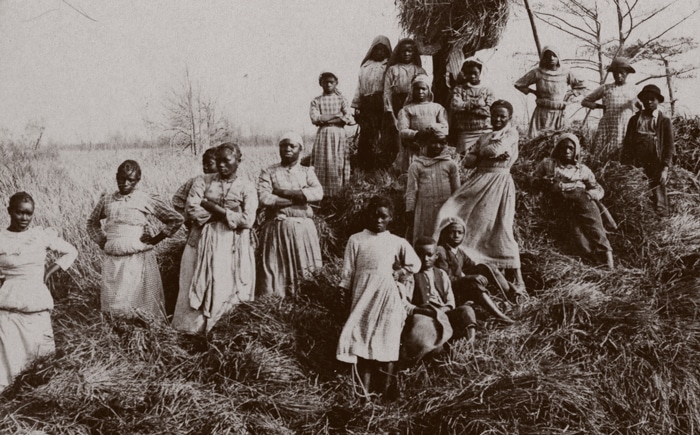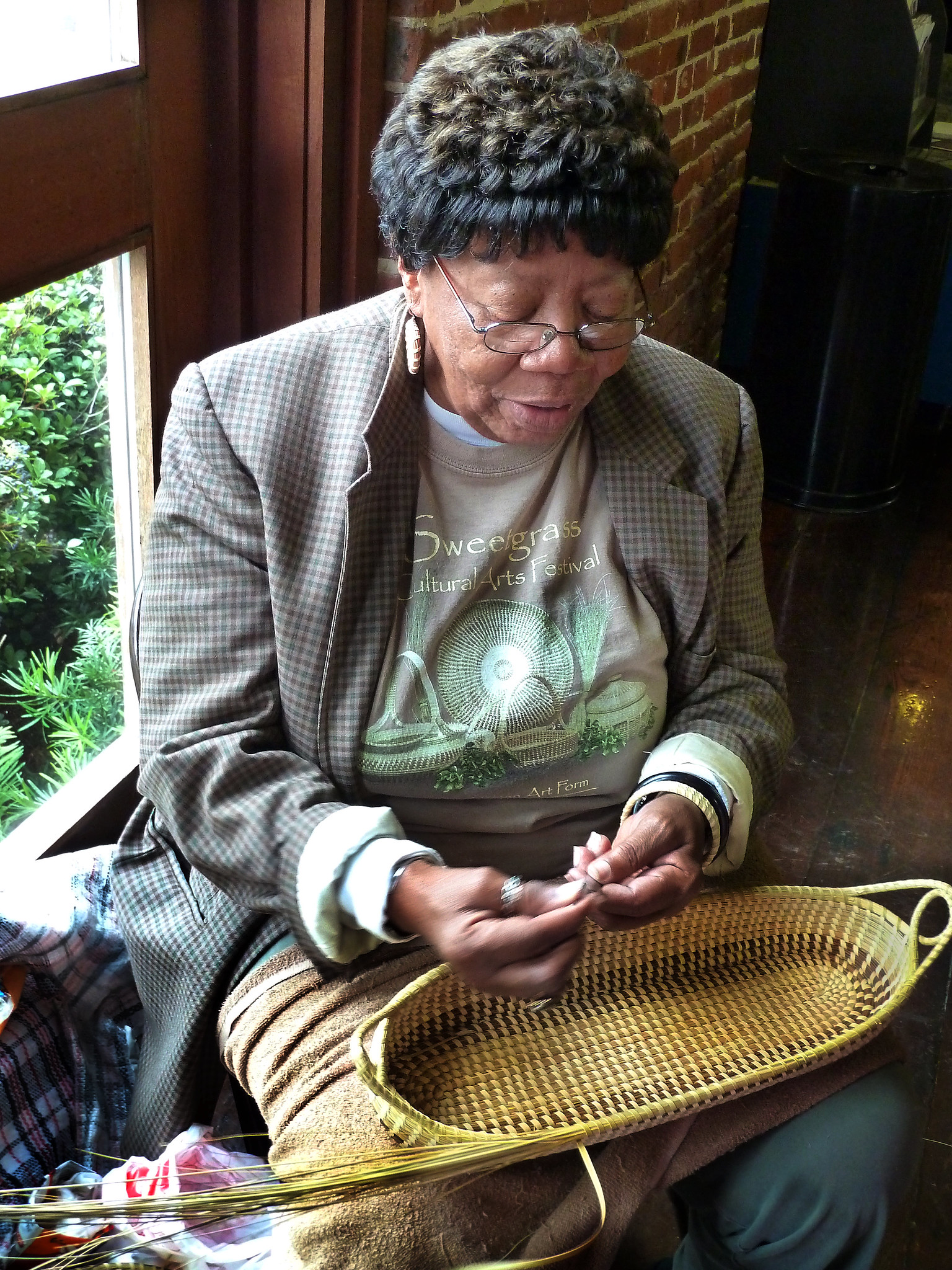Many Black people today have Gullah roots including former First Lady Michelle Obama and Supreme Court Justice Clarence Thomas who was born in the coastal Georgia community of Pin Point and raised as a native Gullah speaker. You may even have spoken Gullah without knowing it if you’ve ever sung the song Kumbaya (“Come By Here”) which was collected in the Sea Islands by those documenting spirituals in the early twentieth century. (Listen to the earliest known recording of the song from 1926 here.)
While the Gullah language is now considered endangered, Gullah communities remain resilient in the face of many challenges including the profound impacts of climate change on coastal communities. There has been a resurgence in Gullah language and culture in recent years with the Gullah-Geechee Cultural Heritage Corridor focused on 79 Atlantic barrier islands was designated by Congress in 2006 to call attention to the historic and cultural contributions of the Gullah Geechee people.
Want to read more about Gullah people? Check out these resources!
Picture Books
Okra Stew: A Gullah Geechee Family Celebration by Natalie Daise
S is for Sweetgrass: The ABCs of Gullah-Geechee by Dr. Triba Gary, illustrated by Michael J. McBribe
Circle Unbroken by Margot Theis Raven, illustrated by E. B. Lewis
Joy Takes Root by Gwendolyn Wallace, illustrated by Ashleigh Corrin
Adult Nonfiction
High on the Hog: How African American Cuisine Transformed America by Jessica B. Harris– also a Netflix series
Gullah Geechee Home Cooking: Recipes from the Matriarch of Edisto Island by Emily Meggett
There are extensive images and audio and written recordings of formerly-enslaved Gullah people that were collected by the federal government and are now housed at the Library of Congress. Check those digitized resources out here.




